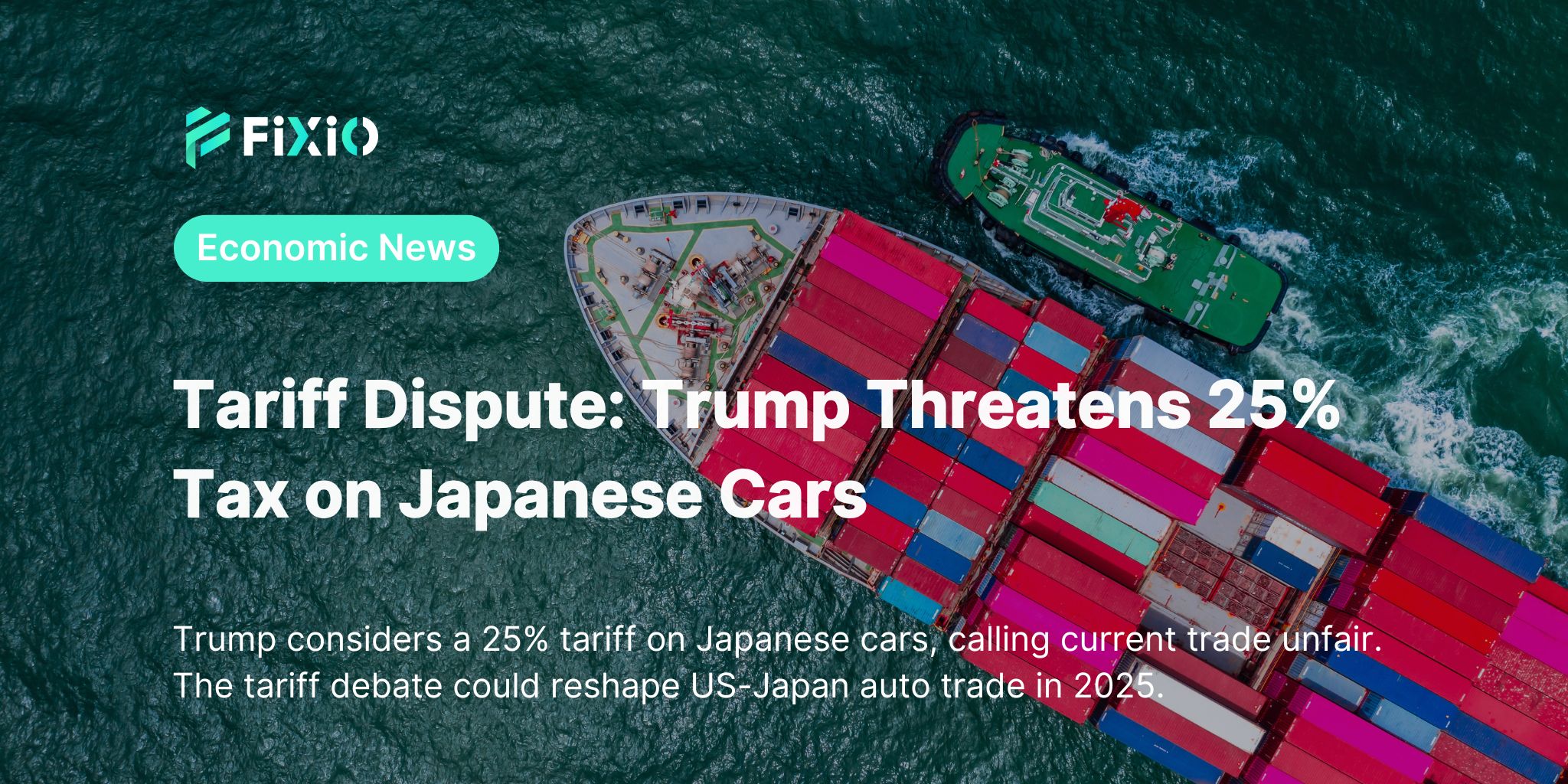
The tariff debate between the United States and Japan has reached a critical point in 2025. Are you wondering how a potential 25% tariff on Japanese cars might impact global trade and your everyday life? Let’s break down what’s happening, why it matters, and what both sides are fighting for.
Just days before new, higher duties could hit, former US President Donald Trump floated the idea of keeping a 25% tariff on Japanese cars. Trump called current trade conditions “unfair,” pointing out that while millions of Japanese cars enter the US, few American cars reach Japan. This statement came right after another intense round of trade talks between Tokyo’s top negotiator, Ryosei Akazawa, and US Commerce Secretary Howard Lutnick.
Car manufacturing is a backbone of both the US and Japan’s economy. The car sector is also a major source of jobs. Washington is focused on its large trade deficit in autos, while Tokyo seeks to protect an industry that has invested over $60 billion and created 2.3 million jobs in the US alone. That’s why any new tariff can have ripple effects through economies, affecting everything from stock prices to local employment.
The most recent negotiations in Washington included both face-to-face and phone discussions. Despite hopes for a breakthrough before the July 9 deadline—when across-the-board tariffs could jump from 10% to 24%—no firm deal has emerged. Auto-related stocks on Japan’s Topix index even fell as uncertainty lingered.
Japan’s negotiator Akazawa has repeatedly called the US’s 25% car tariff “unacceptable.” He argues Japan’s car industry greatly benefits the US, not just through vehicles but through jobs and investment. Japan insists that any agreement must address all “reciprocal” tariffs, not just those on autos, to ensure a balanced outcome for both nations.
The threat is real. Japan’s economy already shrank in the first quarter of 2025, and a sharp rise in tariffs could tip it into a technical recession. The stakes are high for both sides, and failure to compromise could harm global supply chains and consumer prices.
With the deadline looming, both countries are under pressure to strike a deal. Trump’s remarks made it clear the US is willing to act unilaterally: “I’m going to send letters. I could send one to Japan. ‘Dear Mr. Japan, you’re going to pay a 25% tariff on your cars.’” This signals tough negotiations ahead and uncertainty for automakers, workers, and consumers alike.
When a tariff is imposed, it often raises prices for imported goods. For example, a 25% tariff on Japanese cars could make those vehicles much more expensive for American buyers. Conversely, higher prices can hurt sales and profits for Japanese carmakers and their US dealerships.
Think of a tariff like a toll on a bridge. If you want to cross (import goods), you pay a fee. If the toll goes up, fewer people might cross—or they might look for another way. That’s how tariffs can change international trade and even everyday prices at your local car dealer.
Stay tuned for updates from both governments, especially as the July 9 deadline approaches. Look for announcements on any deals, new tariffs, or policy shifts. This story affects not only automakers but also workers, investors, and anyone thinking about buying a car.
Stay informed with the latest Forex trading news and analysis.
Visit our website now at: https://fixiomarkets.com/en/prex-blogs
Trump considers a 25% tariff on Japanese cars, calling current trade unfair. The tariff debate could reshape US-Japan auto trade in 2025.
Superior trade execution & trading conditions with the NDD method.

The online FX industry provides a platform for investors worldwide to engage in the buying and selling.

Subscribe to our daily newsletter and get the best forex trading information and markets status updates
Trade within minutes!
Comment (0)